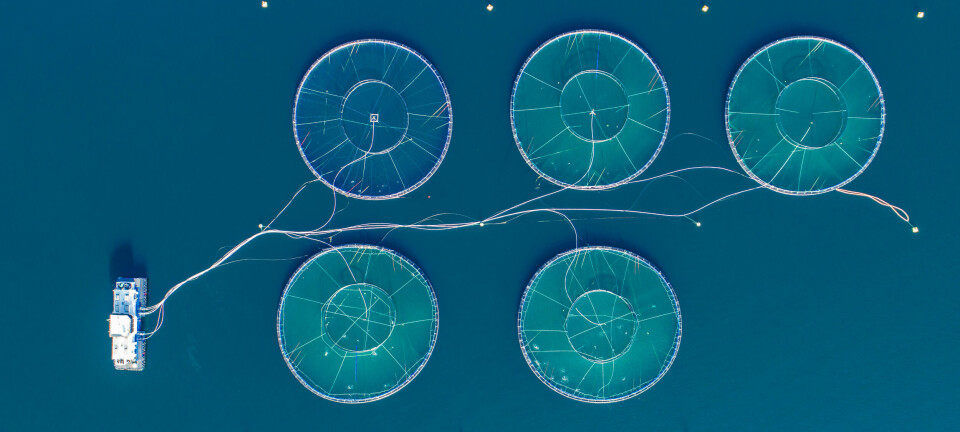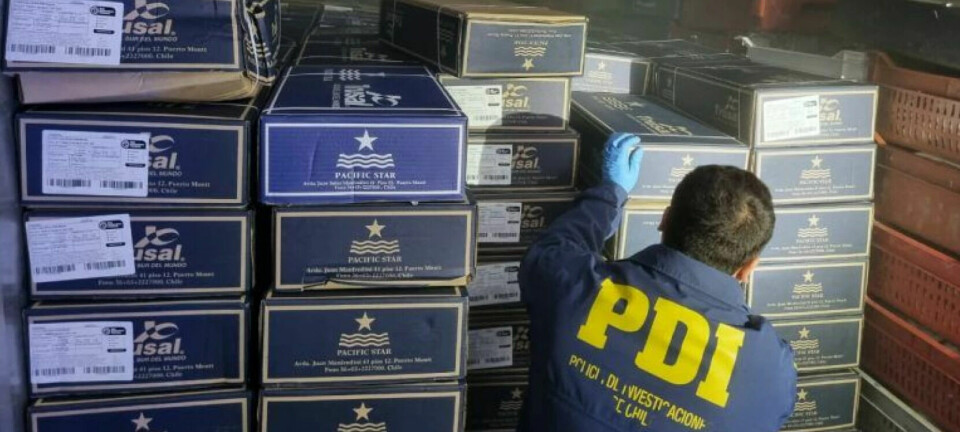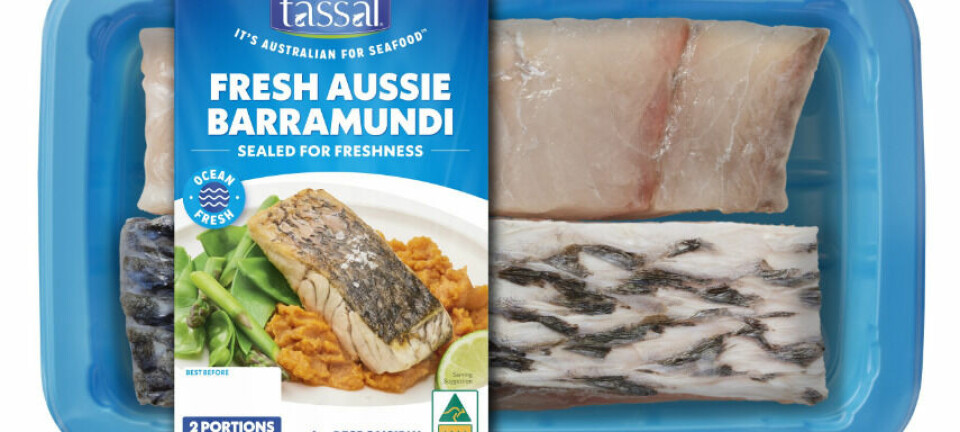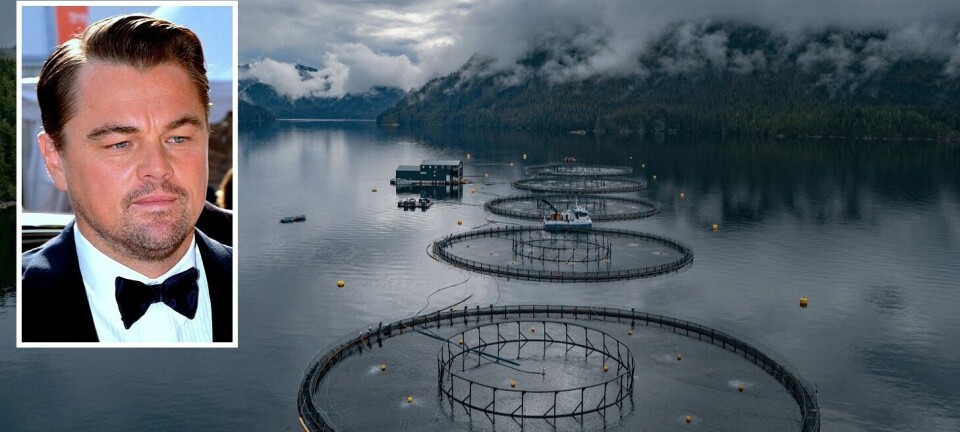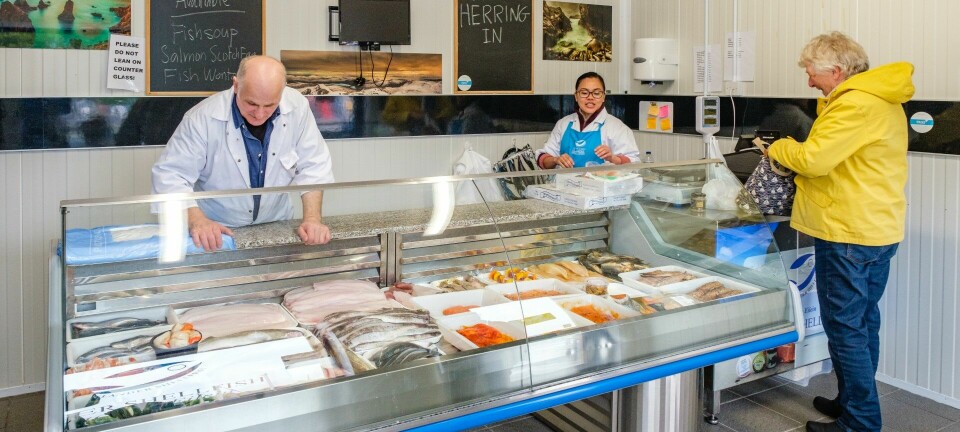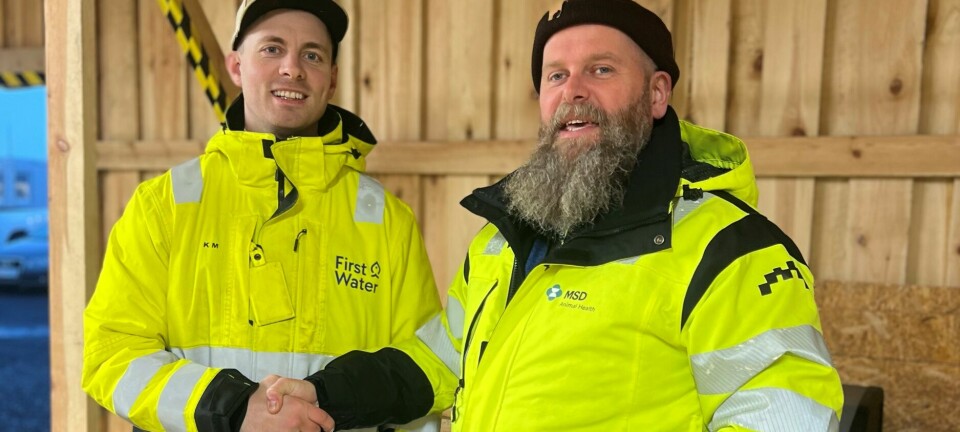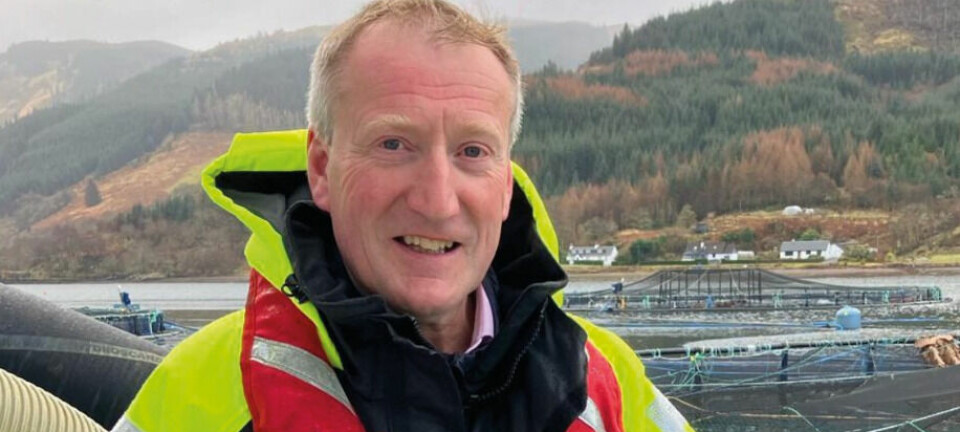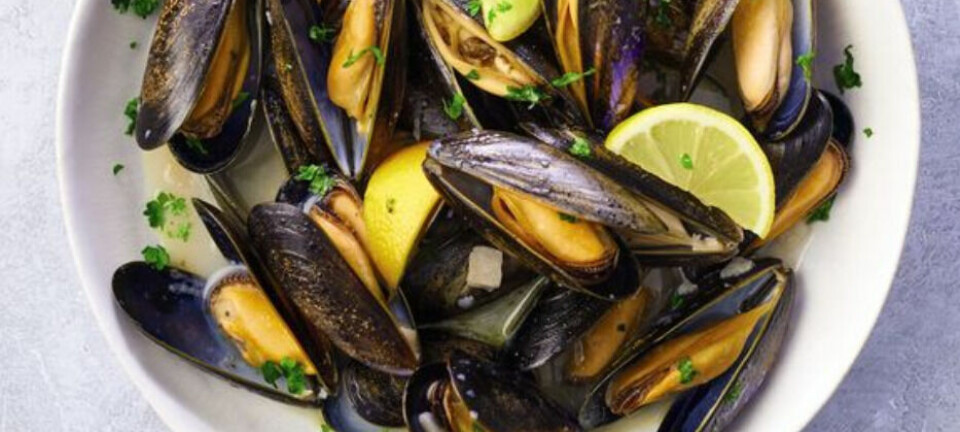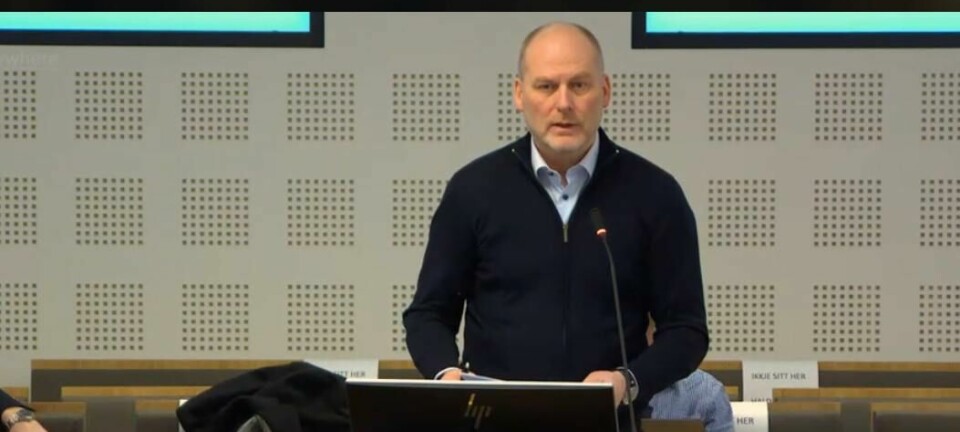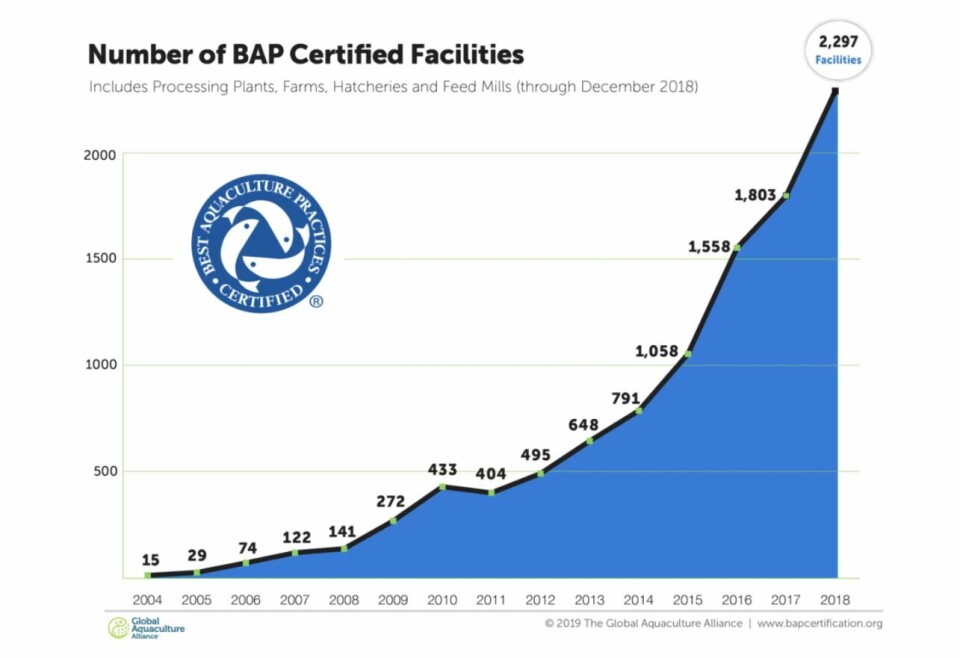
BAP programme adds 509 new facilities to list in 2018
The number of facilities covered by the Best Aquaculture Practices (BAP) third-party certification programme increased 29% last year.
There are now 2,287 BAP-certified facilities, of which 1,534 are farms, 370 are processing plants, 45 are re-processing plants, 220 are hatcheries and 118 are feed mills. The 1,500-plus farms represent more than 1.5 million tonnes of production annually.
The BAP programme has more than tripled in size in the past four years, growing from about 700 BAP-certified facilities by the end of 2014 to 1,500-plus facilities by the end of 2016 to 1,778 facilities by the end of 2017.
33 countries
It has certified facilities in 33 countries on six continents, representing an impressive 29 species (abalone, barramundi, bream, carp, catfish, char, clams, cobia, crab, crawfish, grouper, milkfish, mussels, oysters, pangasius, pomfret, pompano, red drum, salmon, scallops, seabass, seriola, shrimp, snapper, striped bass, sturgeon, tilapia, trout and turbot).
Additionally, 195 facilities are capable of offering four-star BAP product, meaning that the product originated from a BAP-certified processing plant, farm, hatchery and feed mill. It’s the highest designation in the BAP programme.
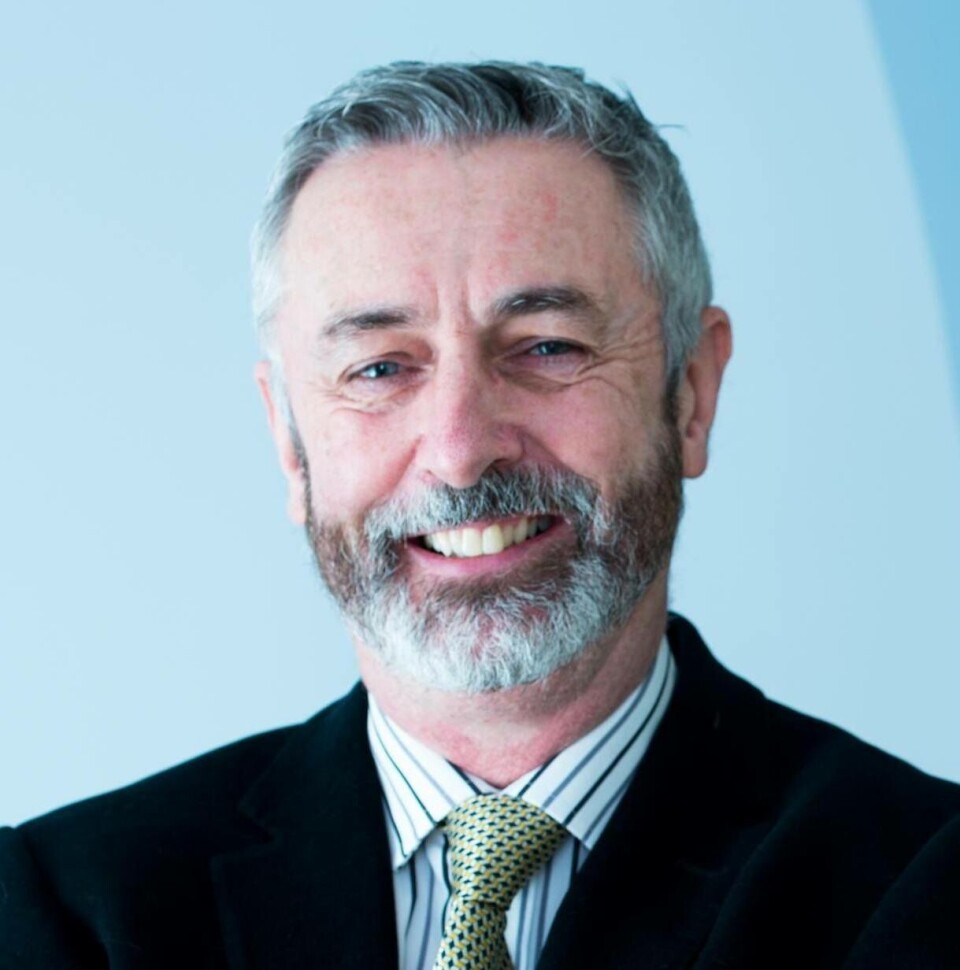
“The BAP programme took the needs of the marketplace for confidence in food safety, environmental impact, social responsibility and animal welfare and applied them to each stage of the aquaculture value chain,” said Andrew Mallison, executive director of the Global Aquaculture Alliance, which administers the BAP programme.
“This end-to-end approach, with a broad assessment of risks, is unique but is also backed by the extensive membership and advocacy support of GAA. More and more partners are seeing the value of this programme compared to stand-alone certifications, and we look forward to continuing to help grow the market for responsibly sourced seafood.”
Last year the Scottish Salmon Company became the first Scottish farmer to obtain BAP certification for Atlantic salmon.








































